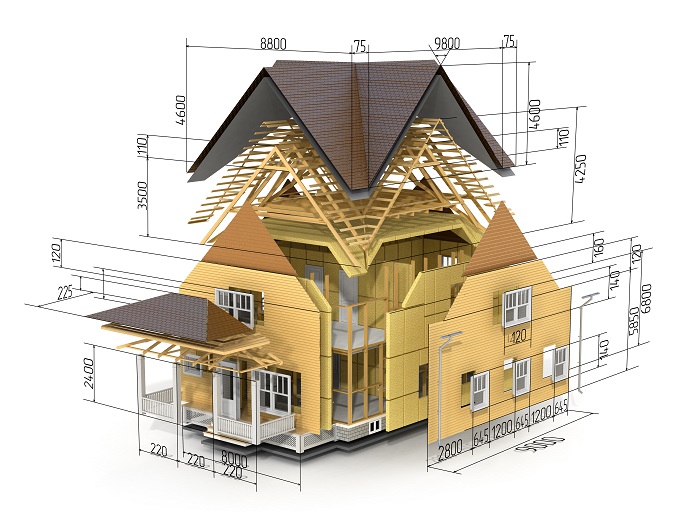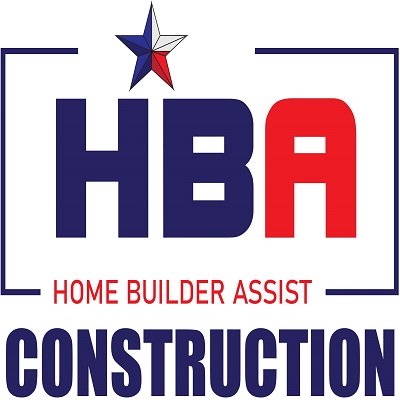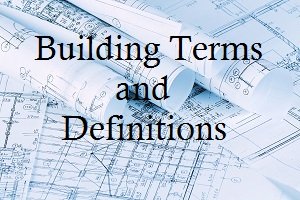Cost of Building a Home
"What is the cost of building a home?" is usually the first question an Owner-Builder will ask.

Cost Per Square Foot
One of the most common ways of determining the cost of building a home is known as "cost per square foot" method. This gives a rough estimate by taking the total cost of the home and then dividing it by the amount of living area in the floor plan. Usually, you do not include the garage space, decks or unheated areas. But how do you figure out how much the total cost is?
If you were a general contractor and had already built a similar home, the cost of that home will be used as the basis for the average when building the next home. This doesn't help the Owner-Builder because usually the home is the only one of that type they will ever build.
You could look at how much homes are selling for in the area and get an idea of how much each home is selling per square foot. But this rarely equates to what the cost of building it is. So you are back to square one, not knowing the cost.
Not to mention the fact that homes of the same exact size can have a vastly different per square foot cost based on the type of materials used. For example, marble vs. laminate counter tops. Tile flooring vs. carpets or stained concrete. One HVAC unit or several with the ability to cool specific zones.
Bottom line, for the Owner-Builder, this is not the most reliable method.
Material Take-Off
The material take-off is a list of items (with cost of each) that make up the construction of your home. When done by an estimating professional employed by a full-service building supply company, the list can contain everything from foundation through finish details. It will count the windows and doors and specify brands for each. This is an extremely useful item to have. I recommend paying someone to have it done. Plus, it has been my experience that if you then purchase a bulk of the material from the same supply company, they will credit you back the amount you paid for the material take-off.
If you want to do some of the work yourself, I still recommend you at least pay a lumber yard for their quote. The lumber take-off is a difficult task for the average Owner-Builder. Then you can total up all the other items, such as lighting fixtures, plumbing fixtures, electrical outlets, flooring needs, etc. and get pricing for each on your own.
Once complete, the general rule of thumb is that materials will cost you about 25% of the build and the labor costs will match it at 25%. Use this as a guideline only. Then add in your land, the soft cost of building a home and anything else that wasn't on the take-off. Even with a material take-off, plan on a line item in the budget for overruns.
Soft costs are the intangible items and include but aren't limited to:
- Builder Risk Insurance
- Temporary Utilities
- Dumpsters
- Temporary Sanitary Facilities
- Soils and Foundation Engineering
- Surveys
- Construction Loan Interest
I have read a couple websites where owner-builders have said the soft costs accounted for approximately 7% to 9% of the total cost.
Cost of Building a Home Estimate
The most accurate method, and the one a financial institution will accept, is the cost estimate. This is where the house plans are sent out to each and every sub-contractor type that is needed to build the home. They give a bid that includes both labor and material. Be sure the bids are good for at least 90 days. Once compiled, this figure can be used to obtain a construction loan.
This process can take anywhere from 6 to 12 weeks. If you are a client of Home Builder Assist, we do this for you as part of the service we provide.



